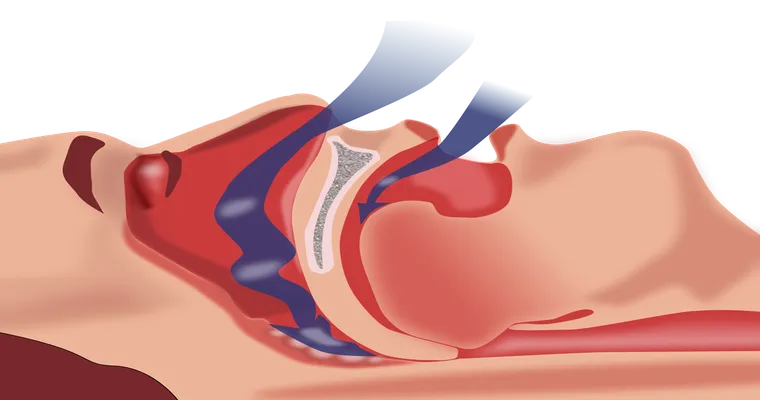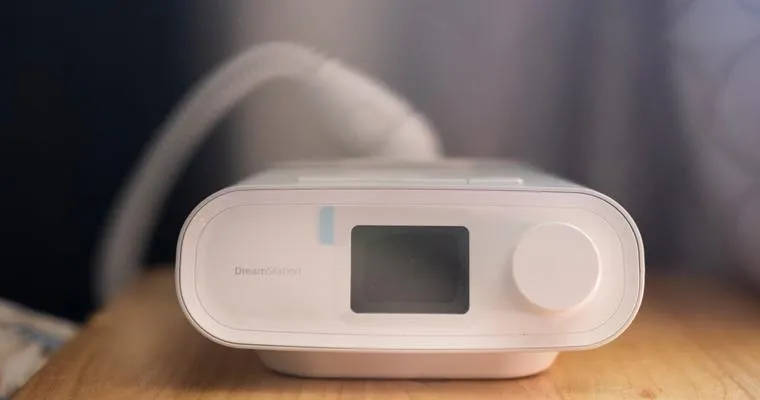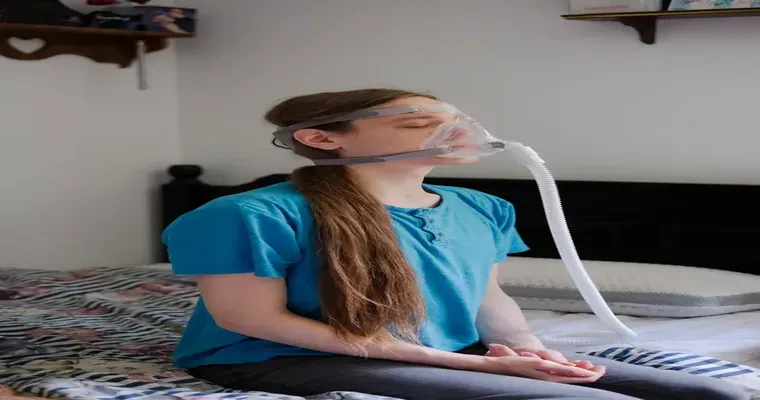"Sleep apnea" is a serious sleep disorder characterized by repeated interruptions in breathing during sleep. These interruptions can last for a few seconds to minutes and may occur dozens or even hundreds of times a night. People with "sleep apnea" often experience loud snoring, gasping, or choking sounds as they struggle to breathe. This condition can lead to fragmented sleep, leaving individuals feeling tired and unrefreshed during the day. Understanding the types, symptoms, and potential consequences of "sleep apnea" is essential for effective management and treatment.
There are three main types of "sleep apnea": obstructive, central, and complex. "Obstructive sleep apnea" (OSA) is the most common type, resulting from a blockage of the upper airway, usually when the soft tissue at the back of the throat collapses and closes during sleep. "Central sleep apnea" (CSA) occurs when the brain fails to send the proper signals to the muscles that control breathing. Complex sleep apnea syndrome, also known as treatment-emergent central sleep apnea, is a combination of obstructive and central sleep apnea.
Common "symptoms" of sleep apnea include excessive daytime sleepiness, difficulty concentrating, mood changes, and restless sleep. Many people with "sleep apnea" are unaware they have the disorder because they do not remember the episodes that occur during the night. However, partners or family members often notice the signs, such as snoring or pauses in breathing.
The risk factors for developing "sleep apnea" include obesity, age, family history, smoking, and certain medical conditions such as hypertension and diabetes. It is essential to identify these risk factors early to help prevent the condition from worsening.
Diagnosis of "sleep apnea" typically involves a sleep study, either conducted at a sleep clinic or at home. During this study, various physiological data are collected while the patient sleeps, including heart rate, oxygen levels, and breathing patterns. Based on the results, a healthcare provider can recommend appropriate treatment options.
Treatment for "sleep apnea" may involve lifestyle changes, the use of continuous positive airway pressure (CPAP) machines, oral appliances, or, in some cases, surgery. Lifestyle changes can include weight loss, quitting smoking, and avoiding alcohol. CPAP machines are the most common treatment and work by keeping the airway open through a steady stream of air. Oral appliances can be effective for those with mild to moderate "obstructive sleep apnea" by repositioning the jaw and tongue to keep the airway open. Surgery may be considered for patients who do not respond to other treatments.
In conclusion, "sleep apnea" is a prevalent sleep disorder that can have significant health implications if left untreated. Recognizing the symptoms and understanding the risk factors can lead to early diagnosis and effective management strategies. If you suspect you or a loved one may have "sleep apnea", it is crucial to consult a healthcare professional for evaluation and treatment options. Prioritizing sleep health is essential for overall well-being and quality of life.





